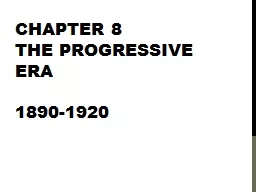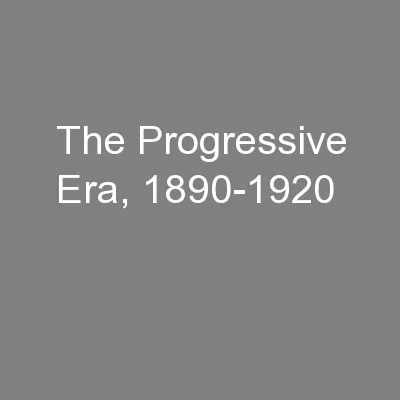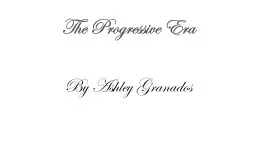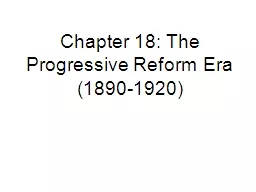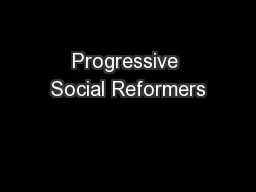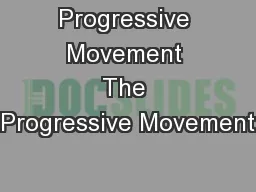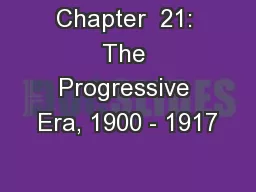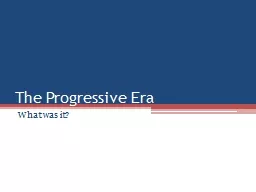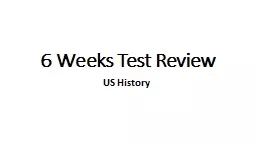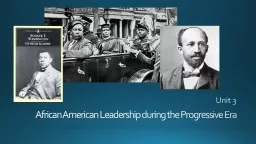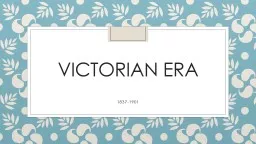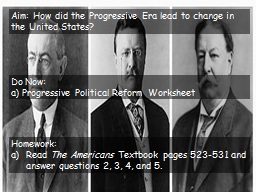PPT-Chapter 8 The Progressive Era
Author : faustina-dinatale | Published Date : 2018-10-21
18901920 Section 1 The Drive for Reform Terms and People Progressivism movement that responded to the pressures of industrialization and urbanization by promoting
Presentation Embed Code
Download Presentation
Download Presentation The PPT/PDF document "Chapter 8 The Progressive Era" is the property of its rightful owner. Permission is granted to download and print the materials on this website for personal, non-commercial use only, and to display it on your personal computer provided you do not modify the materials and that you retain all copyright notices contained in the materials. By downloading content from our website, you accept the terms of this agreement.
Chapter 8 The Progressive Era: Transcript
Download Rules Of Document
"Chapter 8 The Progressive Era"The content belongs to its owner. You may download and print it for personal use, without modification, and keep all copyright notices. By downloading, you agree to these terms.
Related Documents

